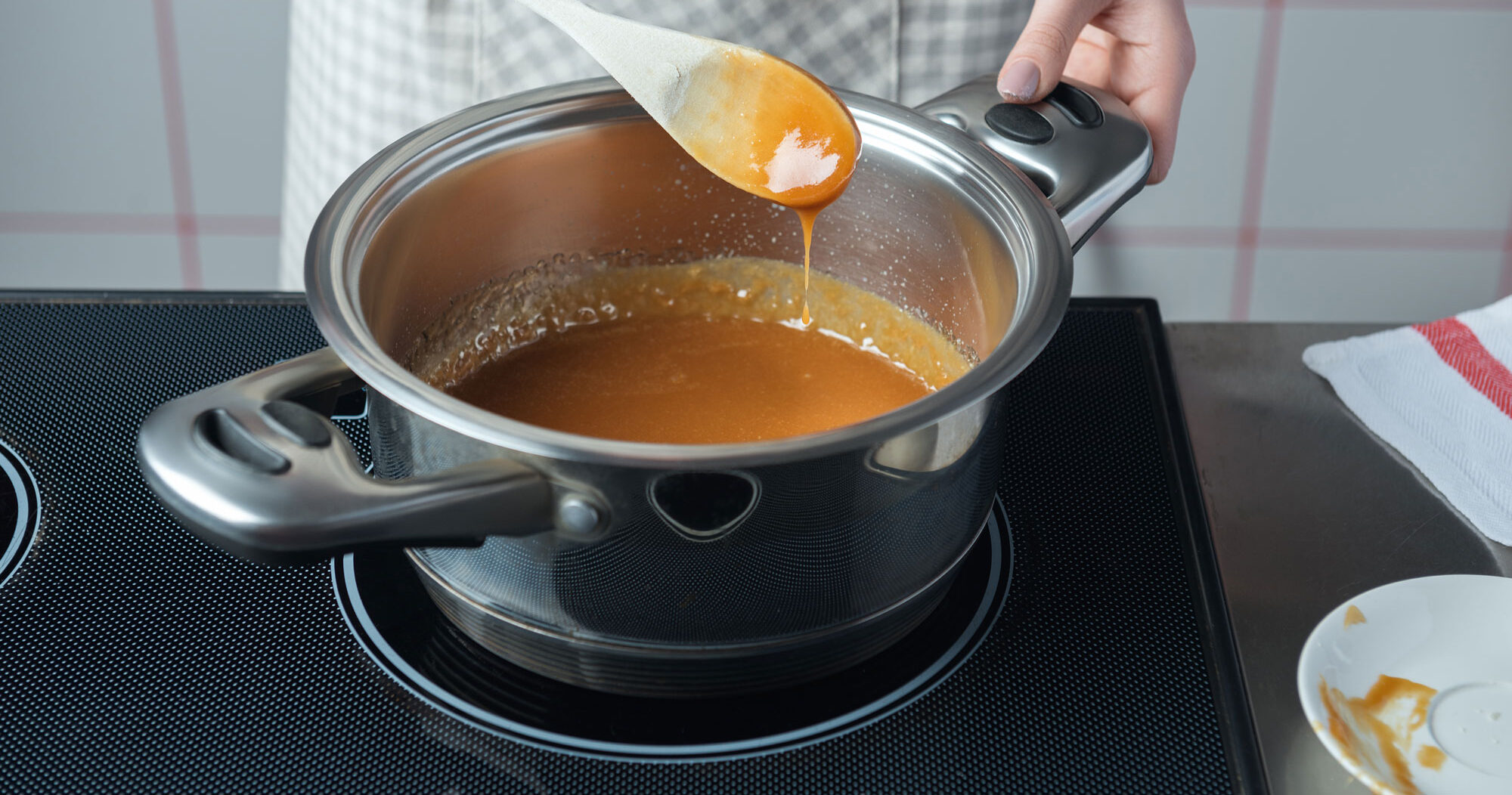This website uses cookies so that we can provide you with the best user experience possible. Cookie information is stored in your browser and performs functions such as recognising you when you return to our website and helping our team to understand which sections of the website you find most interesting and useful.

Caramelisation in Carbohydrates
How does caramelisation in carbohydrates happen?
Caramelisation occurs when sugar (sucrose) is heated at a high temperature. When simple sugars are heated, they melt and break down into glucose and fructose, two other forms of sugar.
Heating sugar at a high temperature causes glucose and fructose to lose water and react with each other, producing many different types of compounds. The increases in temperature causes the sugar to darken in colour.
This process also can occur during the heating of food with natural sugar, for example frying onions. As they are heated they turn from white to a golden brown colour. This is due to the natural sugars in the onions being caramelised.
New Flavours
Another effect of caramelisation is that is forms new flavours – for example butterscotch, nutty and toasty flavours. This happens due to the creation of flavour compounds as byproducts of the pyrolisation process. These compounds can be isolated and added to foods. When you see ‘natural flavours’ in an ingredients list, this is often what they are.
